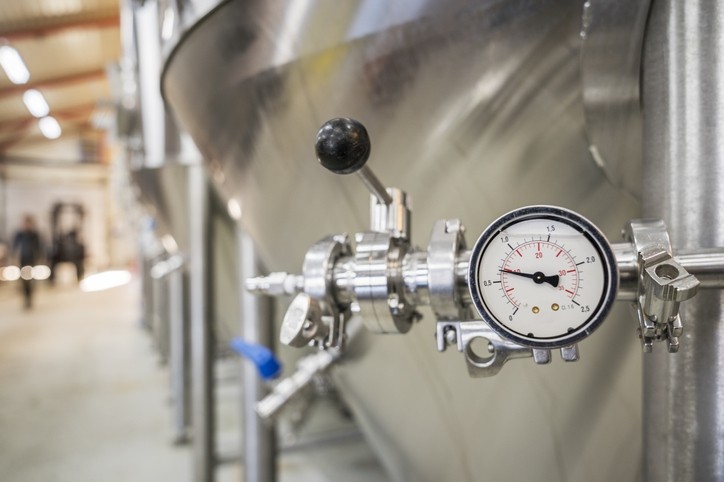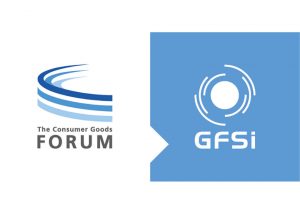
A survey of more than 2,500 US adults and a deep dive into qualitative research conducted by The Hartman Group at the behest of precision fermentation players Perfect Day and Cargill found more consumers view the use of science and technological innovations in food positively than pre-pandemic – marking a sharp contrast from the narrative that has governed the consumer food industry for the past 30 years.
“While consumers readily embrace science and technology in numerous parts of their lives, when it comes to their food, they tend to remain guarded. They hold idealized nostalgic narratives of food sourced as close to nature as possible and associate technology with processing and adulteration (even as they celebrate the progress it has enabled,” The Hartman Group notes in its report, ‘The Growing Opportunity for Products Made Using Precision Fermentation,’ published this week.
“Fortunately,” the report adds, “these tensions are evolving and represent a unique opportunity for the food industry.”
The research revealed that 69% of consumers now believe ‘we need to find ways to meet our society’s nutritional needs with fewer resources like energy, water or carbon,’ which is up 5 percentage points from 2019. Also up 5 percentage points to 61% is the portion of consumers who believe science and technology are the best hope to address climate change.
More consumers also believe scientific and technological innovations can make food more sustainable (60% — up 2 percentage points from 2019) and can make food healthier (56% — up 4 percentage points from 2019), according to the survey.
Across the board, the survey revealed Millennials’ attitudes about science and technology’s potential to improve the food system out pace that of the general population – suggesting the shift could gain momentum as younger shoppers exercise more of their spending power.
What is behind consumers’ change of attitude?
Increased consumer acceptance of science and technology in food production stems in part from “a mounting sense of urgency around the challenges facing the food system,” including “the dawning recognition that approaches of the past, however idyllic, are ill-equipped to address present and future threats,” according to the report.
In addition, increased transparency and efforts to educate consumers about the benefits and modes of activation of specific scientific and technological advancements make them easier to accept.
Even genetically modified organisms “are beginning to shed their baggage” as consumers learn more about how they are made and their potential to improve the food system “when used for ‘the right’ reasons,” The Hartman Group found.
“The power of why – transparency, understanding how the ends justify the means – can go a long way toward building openness and acceptance,” the report explains.
On that note, the report emphasizes the success and adoption of emerging technologies hinges on how effectively industry educates consumers, highlights mutual benefits, and reassures consumers about safety and taste.
Precision fermentation may not be new, but it is new to many consumers
Rising consumer acceptance of science and technology in food production as well as a rising sense of futility when faced with macro-challenges, including climate change, food insecurity and an inequitable food system, is opening the door for broader adoption of precision fermentation, according to the report.
The practice of using yeast or micro-organisms “enhanced through science” to create ingredients, including proteins, sweeteners and vitamins, from plant-matter and minerals is not a new concept, but it is being used in new ways and on a larger scale – such as to recreate animal-based ingredients that are indistinguishable from conventionally raised and sourced animal products but with only a fraction of the environmental impact.
The result is the technology is appearing on more shoppers’ radars for the first time, and even though they likely have consumed products made with this technology already (such as vegetarian cheese made with non-animal rennet, sweeteners and flavors) they likely didn’t know it – and so may be skeptical of the benefits.
“Consumers are understandably skeptical and wary of unfamiliar food production technologies, expressing concern about potential downsides and unintended consequences emerging from them,” acknowledges The Harman Group.
But, it adds, “what sets precision fermentation apart from other emerging technologies … is just how strong an impact a little education can have. Just a short description yields a significant and substantial increase in purchase likelihood.”
When a simple description of precision fermentation was provided study participants, their willingness to purchase products made with precision fermentation increased from 43% to 56%, researchers found. The lift was even higher among younger consumers, rising from 46% to 64% for Gen Z and from 58% to 65% for millennials.
Education efforts around precision fermentation also must address consumer concerns about safety, which topped taste as table stakes for purchase with 60% of consumers noting they would need to know that products made from precision fermentation were safe and 59% noting they would need to know the products tasted good, The Hartman Group found.
Companies leveraging precision fermentation also should tout its added-value, including environmental benefits and added nutrition, if appropriate, as they as are key values for Gen Z shoppers, the reports adds.
What is the size of the prize?
The Hartman Group argues “with an effective education campaign, nearly 100 million consumers can be interested in food and beverages made through precision fermentation today.”
This could rise to more than 132 million adults by 2027, if stakeholders can adequately educate them about safety, taste, health and nutrition, it adds.
Among the consumer groups who are ready, easily convinced or could be convinced after reading a benefit statement to try products made from precision fermentation, three groups with similar urban and higher income skews “stand out as potentially strong targets,” The Hartman Group found.
These include 59% of parents with children under the age of 12, 58% of Hispanics and 44% of males, the research revealed.
First steps to win over consumers
To most effectively tap into these groups and further build the consumer base for products made from precision fermentation, the report advocates stakeholders focus education on the shared values the technology has with consumer desire for ‘natural,’ including simplicity, stewardship, resilience, clean labels, and added nutritional benefits.
To drive mainstream adoption, stakeholders will need to focus on taste and product performance, which might include innovation around flavors and novel experiences, the report advises.
Many of these strategies extend beyond precision fermentation and would apply to other scientific and technological advances in food processing, and the extent to which they are effectively executed will determine the speed and extent to which food-tech can revolutionize food production, the report concludes.
























